10 Most Exciting Places to Visit in Arkansas

I’ve always loved how Arkansas combines natural beauty with a warm, down-to-earth spirit. Known as the Natural State, it’s a land of sparkling lakes, rushing rivers, dense forests, and mountain vistas that invite both adventure and relaxation. From charming small towns to vibrant cultural hubs, here are some of my favorite places to visit and things to do in Arkansas that truly capture its authentic Southern character. I think you’ll enjoy them too.

1. Hot Springs
Hot Springs is a place where steaming thermal waters flow through the heart of town, filling historic bathhouses and carrying whispers of the past. Nestled in the Ouachita Mountains, I loved how this little city blends natural wonder with a quirky, slightly decadent charm.
I based myself at the iconic Arlington Resort Hotel & Spa, a grand 1920s-era hotel that has seen presidents, gangsters, and Hollywood stars pass through its gilded halls. Each day, I wandered along Bathhouse Row, marveling at the elegant Spanish and neoclassical facades of bathhouses like Buckstaff and Quapaw, where marble floors, stained glass, and therapeutic pools still carry the glamour of a bygone age.
The town’s historic downtown is a character all its own with boutique shops tucked into old brick storefronts, art galleries buzzing with color, and cozy cafés spilling onto the sidewalks. I hiked up into Hot Springs National Park, where forested trails led me to panoramic views of rolling green ridges, punctuated by the occasional puff of mist from the hot springs below.
Local tip: For something totally unique, head to Superior Bathhouse Brewery and sample a craft beer flight made with thermal spring water!

2. Little Rock
I thought Little Rock, the capital of Arkansas, was a surprisingly vibrant capital city. It's nestled along the Arkansas River, with rolling hills, historic neighborhoods, and a warm Southern spirit that gave it an inviting small-town feel wrapped in metropolitan charm!
After just a quick 10-minute drive from the airport, I checked in for a few relaxing days at the elegant Capital Hotel downtown.
The rhythm was easygoing but full of discovery. I walked along the scenic Arkansas River Trail, admired the skyline from the Big Dam Bridge, toured the Clinton Presidential Library, visited Little Rock Central High School, wandered through the leafy Quapaw Quarter lined with Victorian homes, and browsed the River Market District filled with cafés, art galleries, and local shops.
Local tip: At sunset, start near the Junction Bridge downtown and walk across the river for stunning skyline views of orange and pink that only the locals seem to know about.
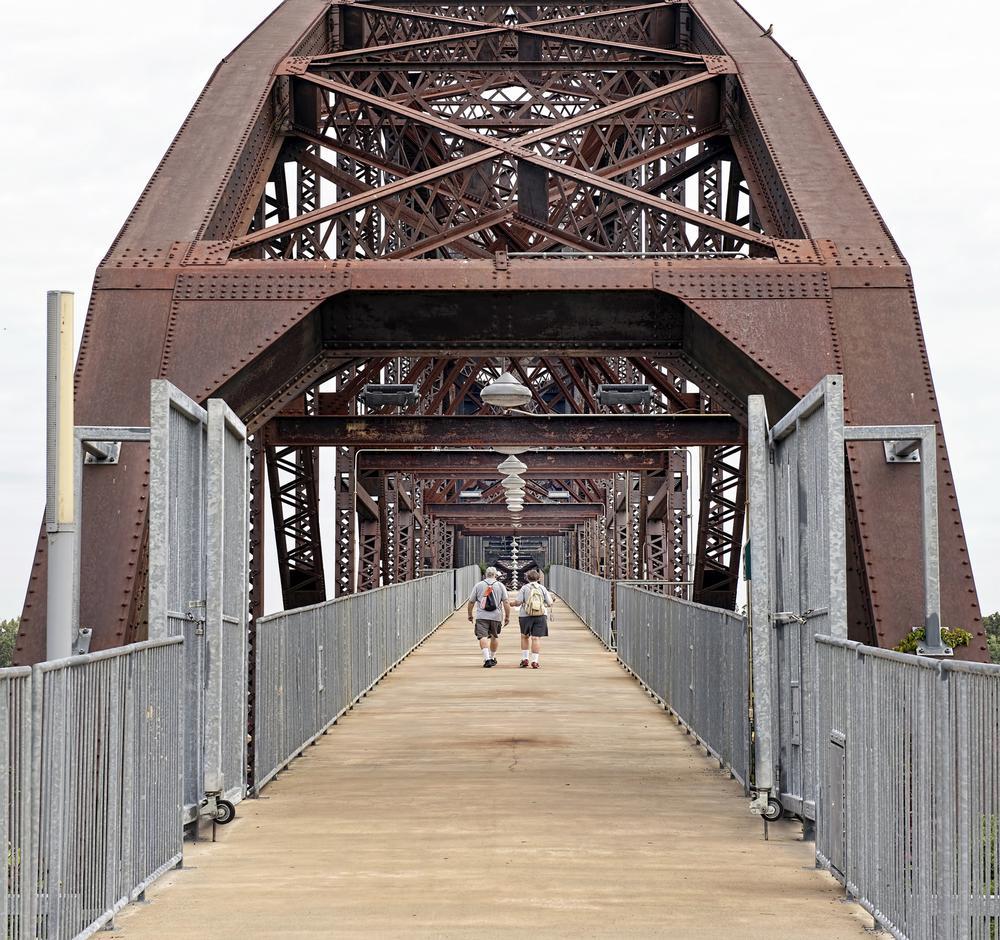
3. The Arkansas River Trail System in Little Rock
The River Trail in Little Rock weaved through the best parts of the city like a ribbon. I loved walking along a stretch just after lunch, beneath dappled light and beside passing cyclists. The water mirrored cottonwood trees and slow clouds.

4. Conway
I found Conway, Arkansas to be a delightful blend of small-town charm and youthful energy, thanks to its oak-shaded neighborhoods, stately homes, and the vibrancy brought by its three universities.
After just a 30-minute drive northwest from Little Rock, I arrived in a community that felt welcoming and walkable, with a relaxed pace yet plenty of culture.
The historic downtown, with its 19th- and early 20th-century brick storefronts, cozy cafés, fountains, and independent shops, felt both timeless and inviting, like a Southern town that has embraced modern creativity without losing its roots.
Over two nights at the elegant The Haynes House Bed & Breakfast, I explored the Faulkner County Museum, wandered through the revitalized Downtown Historic District, and admired the striking murals and public art that give Conway a contemporary twist. I also spent time strolling through Laurel Park’s leafy trails, browsing antiques at Pickles Gap Village, and catching a show at the Arkansas Shakespeare Theatre, the only professional Shakespeare company in the state.
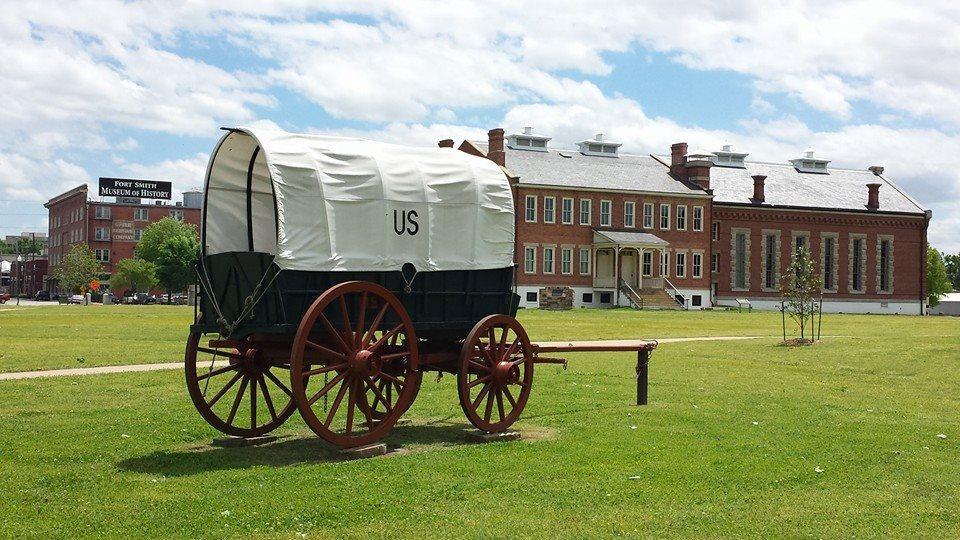
5. Fort Smith
After a 2-hour drive west from Little Rock along scenic stretches of forested hills and farmland, I arrived in a city steeped in frontier legends.
I thought that Fort Smith, Arkansas was an unexpectedly fascinating mix of historic Old West and Southern charm, where history and modern creativity come together on the banks of the Arkansas River.
The downtown district is lined with handsome 19th-century buildings, restored brick storefronts, and murals that bring splashes of color and storytelling to every corner.
I immersed myself in Fort Smith’s unique past at the National Historic Site, I strolled through the Belle Grove Historic District, admired the ironwork balconies on Victorian homes, and browsed galleries in the blossoming Unexpected Project art spaces.
I had dinner at Doe’s Eat Place, a juicy porterhouse steak seared in cast iron, served family-style. No frills, just fire and flavor.
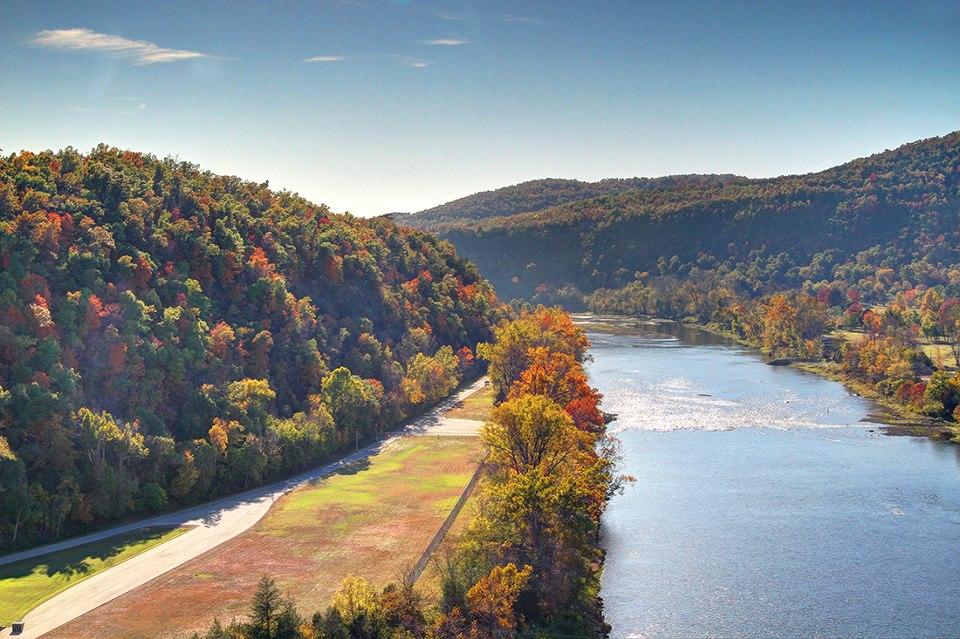
6. Mountain Home
I found Mountain Home, Arkansas to be a serene blend of Ozark beauty and small-town warmth, surrounded by sparkling lakes and rolling hills that invite both adventure and relaxation. Mountain Home charmed me with its outdoorsy spirit, down-to-earth people, and an easygoing pace.
After a 3-hour drive north from Little Rock, winding through forested ridges and quiet valleys, I arrived in a place that felt calm yet alive with possibility. During two nights at the cozy Lake Norfork Resort, I soaked up sunrise views over the water, wandered through downtown Mountain Home’s square with its modest historic buildings and inviting cafés, and spent afternoons exploring the natural wonders that frame the town. From a scenic drive around Norfork and Bull Shoals Lakes to a hike through the lush Ozark trails, every moment seemed to balance tranquility with a spirit of discovery.
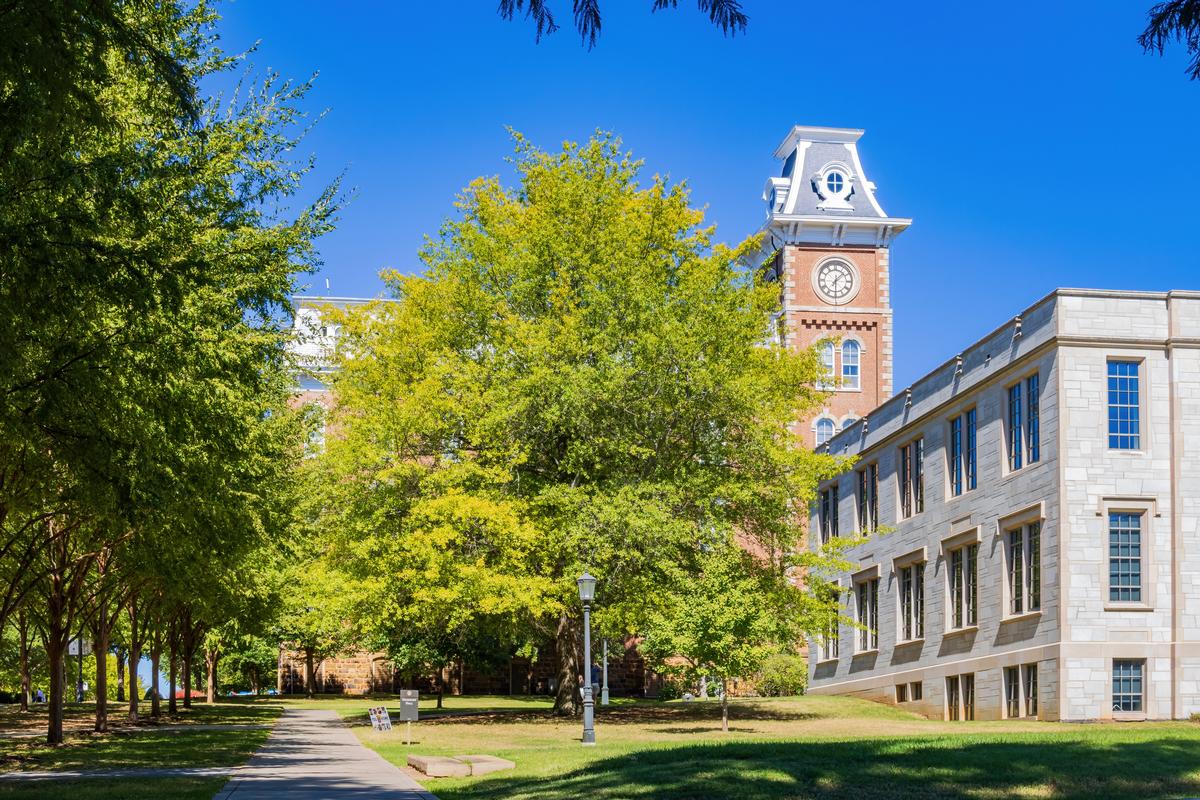
7. Fayetteville
After a 3-hour drive northwest from Little Rock, I didn’t expect to feel so at home in Fayetteville. It’s the kind of place that greets you with trees and brick sidewalks and lets you take your time.
I found Fayetteville, Arkansas to be a lively and creative city where college-town energy, Ozark scenery, and historic Southern character all blend together.
During two nights at the stylish Graduate Fayetteville Hotel, I spent my mornings strolling through Dickson Street, the city’s cultural heartbeat, where bookstores, art galleries, and craft breweries spill onto the sidewalks. I admired the Italianate architecture along the historic square, browsed local goods at the Fayetteville Farmers’ Market, and wandered through the serene trails of Wilson Park, with its whimsical castle-like stone structure and public art.
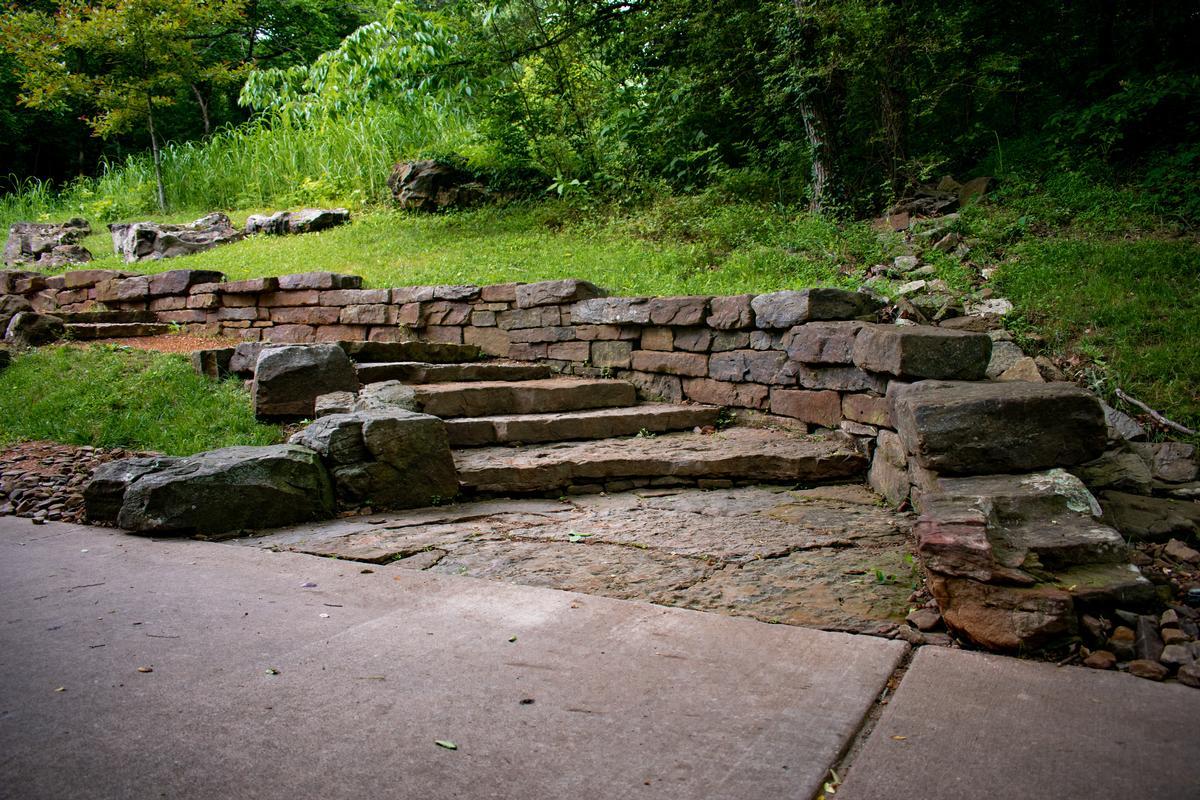
8. Bentonville
I was pleasantly surprised by Bentonville, a once-quiet Ozark town that has blossomed into a dynamic hub of art, cycling, and culinary creativity. The birthplace of Walmart has managed to balance its historic small-town feel with an impressive modern cultural renaissance, all framed by rolling hills, leafy neighborhoods, and a thriving downtown square.
After a 3.5-hour drive northwest from Little Rock through the scenic Boston Mountains, I found a place that felt both cutting-edge and welcoming, with deep ties to local heritage and an unmistakable energy driven by the arts and outdoors.
During two nights at the charming Victoria Inn, I wandered through the acclaimed Crystal Bridges Museum of American Art with its stunning Moshe Safdie architecture nestled into the woods, pedaled the Razorback Greenway past farm fields and forests, explored the inventive Momentary contemporary art space, and joined locals for a lively evening at the Walton Arts Center.
Dining at The Hive inside 21c Museum Hotel was a highlight.
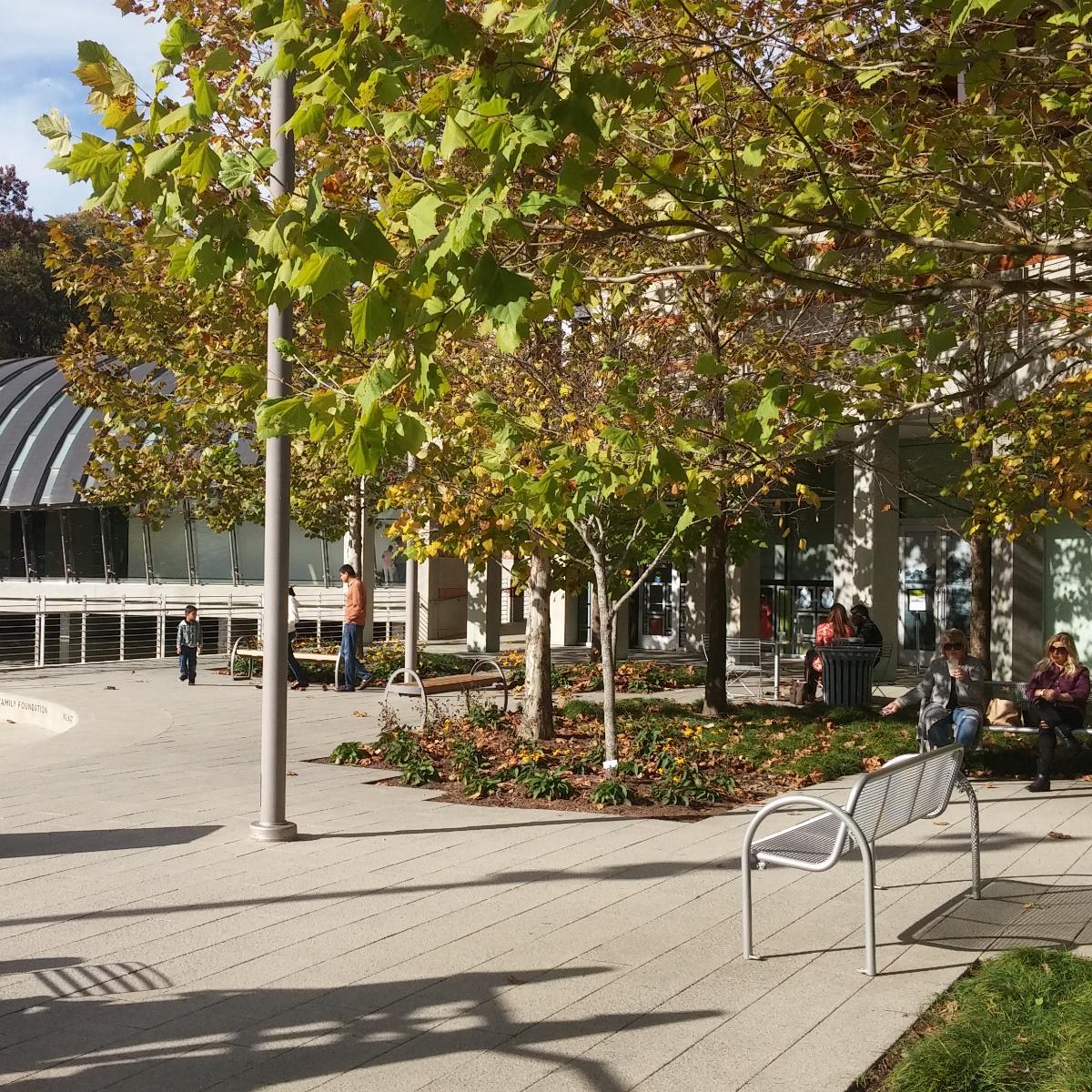
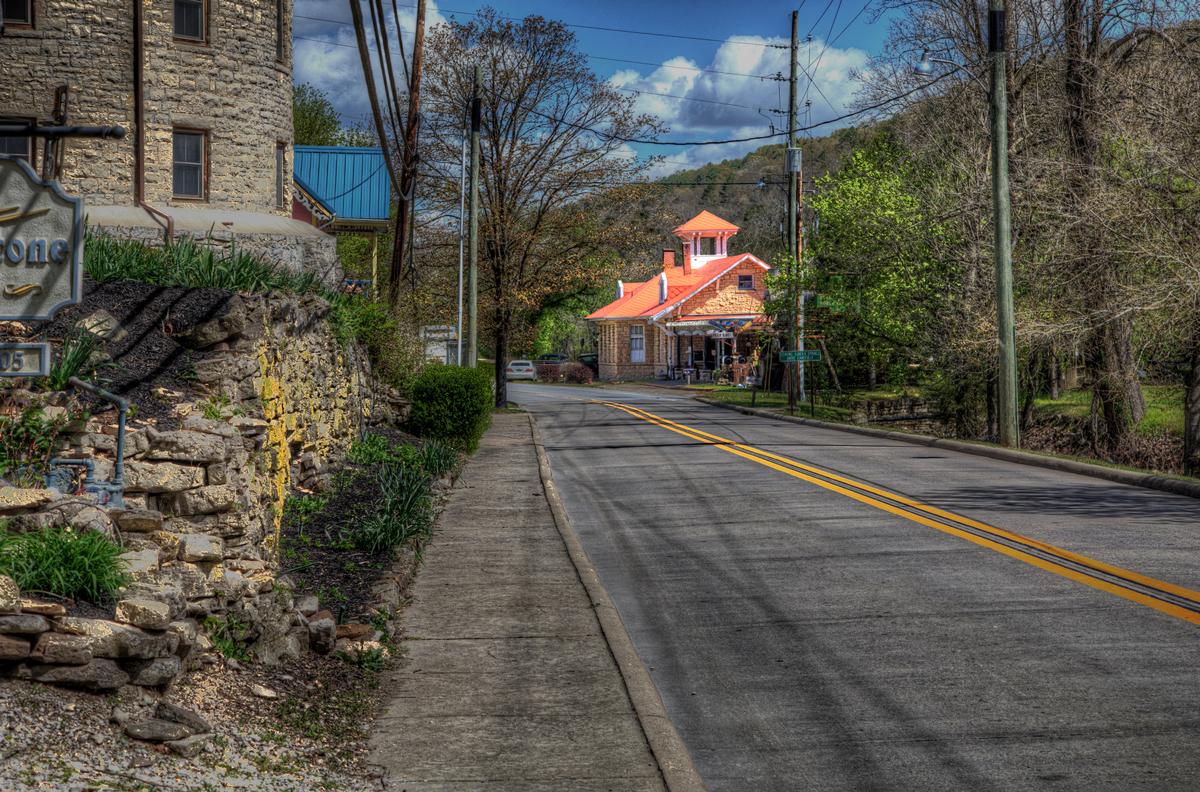
9. Eureka Springs
I was completely enchanted by Eureka Springs, a Victorian jewel tucked into the Ozark hills, where winding streets cascade down steep hillsides, and gingerbread-trimmed cottages peek through the trees. With its natural springs, quirky art scene, and rich history, this little mountain town feels timeless and delightfully offbeat.
After a winding 1.5-hour drive west from Bentonville, past forested ridges and hidden valleys, I discovered a place that felt whimsical and restorative, steeped in history yet alive with creativity, music, and mountain charm.
During two nights at the elegant 1886 Crescent Hotel (famous for its turreted stone façade and ghostly legends), I wandered through the historic downtown with its maze of narrow lanes and colorful shops, admired the Gilded Age architecture of grand hotels and bathhouses, marveled at Thorncrown Chapel’s soaring glass-and-wood design set in the woods, and soaked in the peaceful energy of the Blue Spring Heritage Center gardens.
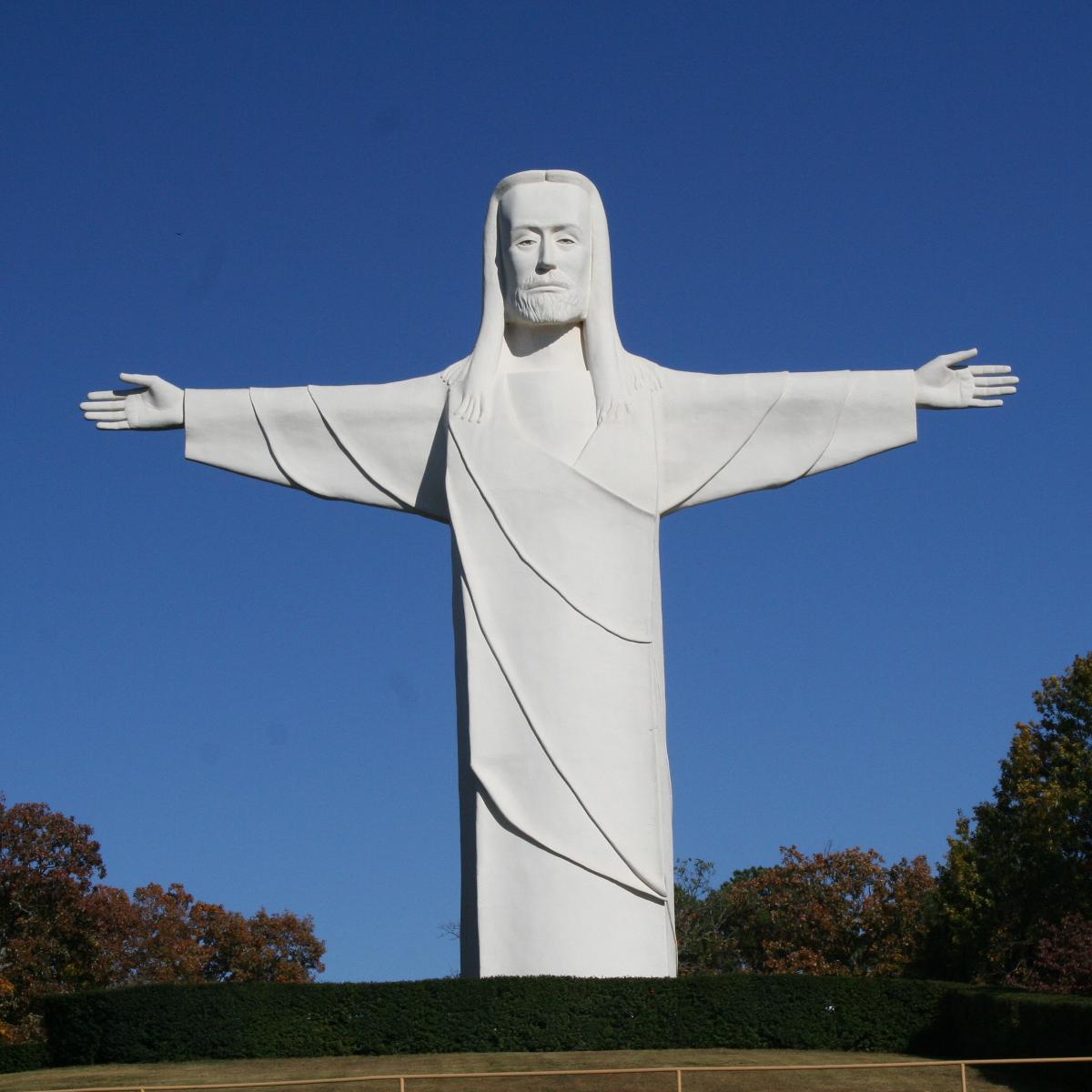

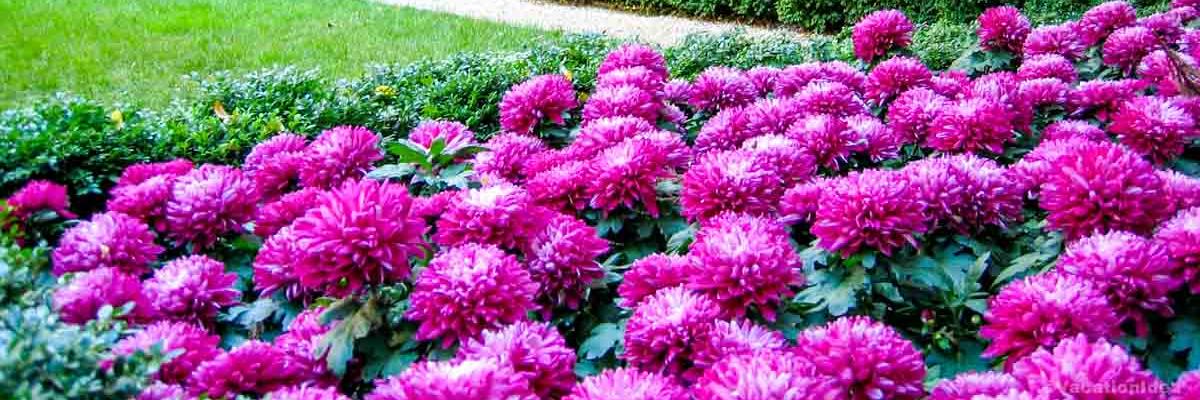
10. Springdale, Arkansas
I really enjoyed my time in Springdale, a hardworking Ozark community that blends a rich patchwork of cultures, industry, and natural beauty. Known as the headquarters of Tyson Foods and as a gateway to northwest Arkansas’ outdoor adventures, the town surprised me with its lively downtown, vibrant immigrant traditions, and easy access to the rolling hills and trails of the Ozarks.
After a quick 15-minute drive north from Fayetteville, I arrived in a place that felt authentic and dynamic—rooted in farming and poultry heritage yet evolving into a hub of food, sports, and cultural connections.
During two nights at the cozy Inn at the Mill nearby, I explored the revitalized Emma Avenue historic district with its mural-splashed buildings, sampled rich flavors from the city’s diverse Marshallese and Latino communities, and caught a minor league ballgame at Arvest Ballpark, home of the Northwest Arkansas Naturals. I also made time to wander the Shiloh Museum of Ozark History, which tells the region’s story through frontier cabins, photographs, and exhibits, and enjoyed an afternoon cycling stretch of the scenic Razorback Greenway that runs right through town.
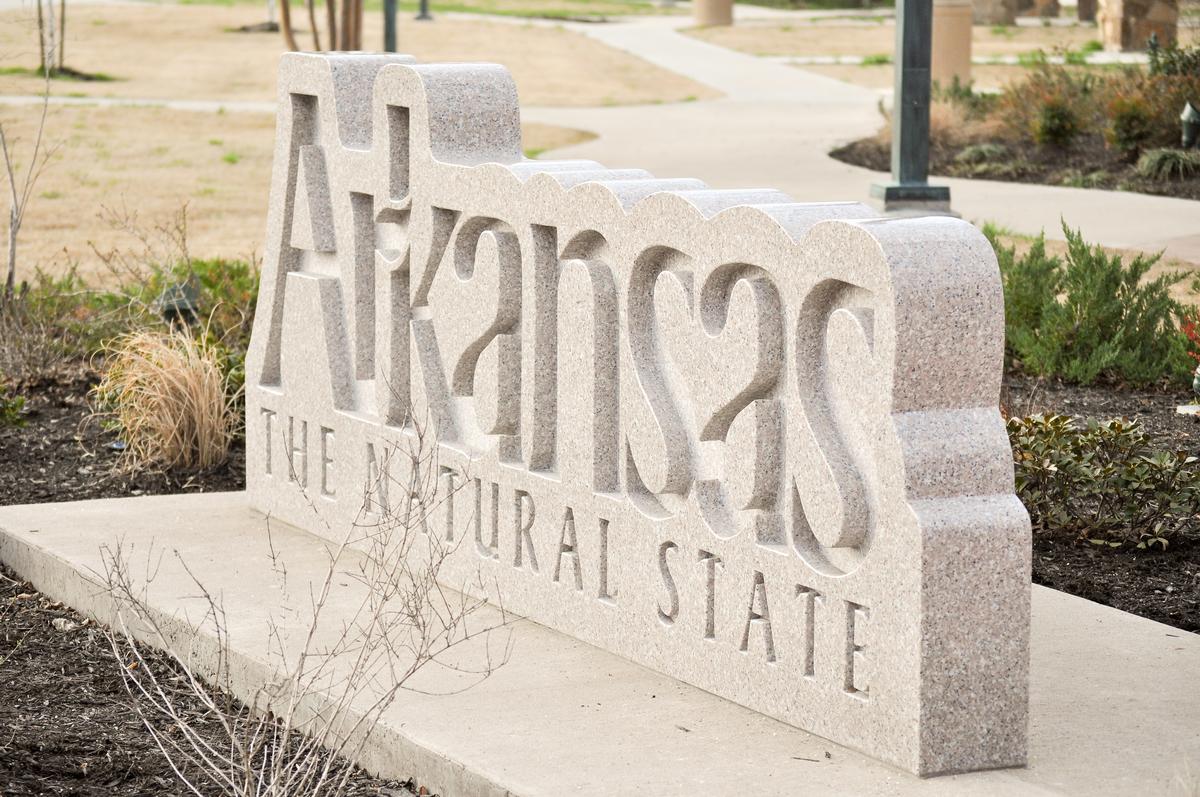
Conclusion
What struck me most wasn’t just the views or the food (though they were both unforgettable). It was the quiet confidence each place carried, whether soaking in Hot Springs, wandering Bentonville’s trails, or waking early by the lake in Mountain Home. These were destinations that didn’t perform for attention. They welcomed you as you are, gave you a breath, and sent you home just a little lighter. If you're ever craving connection, not just to a place, but to yourself, Arkansas is waiting. And it knows exactly what you came for.
I've also enjoyed visiting Mena, Mountain View and Jonesboro.
Booking Checklist
1. Book Your Flight - I use Expedia because I like their mobile app with my itinerary. They've helped me re-book flights on many occasions. Once you reach their Gold tier, support is especially good.
2. Book Your Hotel - I use Booking.com or Expedia, depending on my destination.
3. Book Your Rental Car - I use Expedia.
4. Book your tours on Viator or Get Your Guide.
